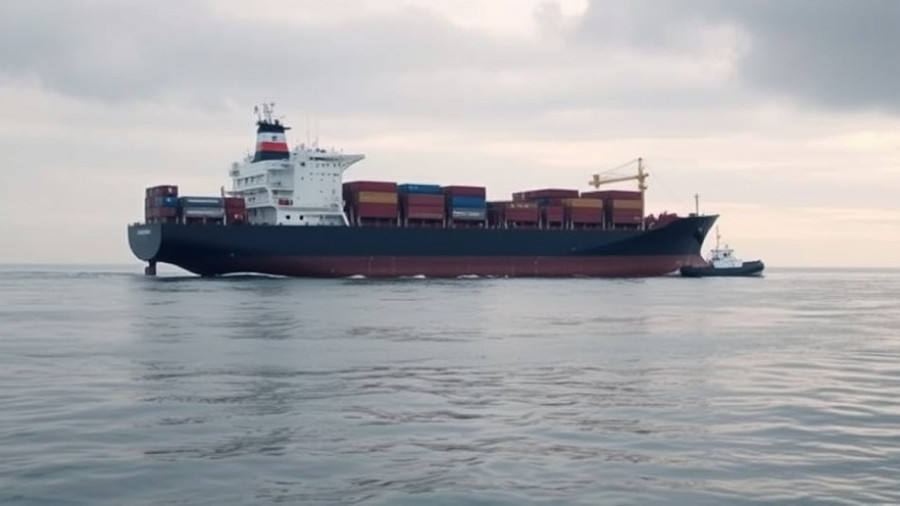
Understanding the Rising Threat of Russia's Shadow Fleet
The European Union is taking significant steps to address a clandestine network of oil tankers operating offshore under dubious flags, popularly known as Russia's "shadow fleet." This effort emerges from the ongoing conflict in Ukraine, where Russian oil and gas revenues have been pivotal in funding military operations against Ukraine.
Due to increasing reports of these ships evading sanctions, the EU's European External Action Service (EEAS) has proposed a maritime declaration aimed at enhancing inspection capabilities for these vessels. The shadow fleet is not just politically significant; it also poses environmental risks and threatens the safety of navigation routes vital for commercial shipping.
Why the Shadow Fleet is a Growing Concern
Estimates suggest there might be between 600 to 1,400 vessels in the shadow fleet, many of which are operating under false flags to escape scrutiny. The EEAS underscores that these ships not only facilitate the Kremlin's oil exports but may also serve as potential platforms for military operations, including drone surveillance of European infrastructure. This dual threat to both economic and physical safety has heightened the urgency of the EU's response.
Recent Actions and Future Directions
Member states of the EU are beginning to show solidarity in enforcing stringent regulations against the shadow fleet. Countries like France and Estonia have already engaged in boarding operations of suspect vessels. The draft declaration proposed by the EEAS aims to formalize this momentum by allowing for bilateral agreements, enabling pre-authorized inspections by EU member states.
As the EU gears up to adopt its 19th package of sanctions, it plans to ramp up its confrontation of the shadow fleet, which may soon include increasing the number of sanctioned vessels from the current 400 to around 560. Furthermore, plans to target the logistics and fuel supplies of these ships are also underway.
The Global Implications of Increased Enforcement
The push for increased inspection capabilities signifies a broader strategic shift not just within Europe, but globally regarding maritime laws and enforcement mechanisms. If successful, this could change the landscape for future negotiations over maritime boundaries and operational norms. The EEAS's proposed framework aims to enhance international maritime governance and create a united front against illegal maritime practices.
What This Means for South Carolinians
While the conflict plays out predominantly overseas, implications reach home to South Carolina and beyond, especially for those involved in international shipping and trade. As regulations tighten and enforcement increases, local businesses that participate in maritime activities must stay informed about shifting compliance requirements and how these may affect supply chains and costs associated with imports and exports.
For residents navigating the insurance landscape—especially those connected to properties susceptible to waterway impacts—awareness of these developments may help in understanding the type of coverage that protects against unforeseen disruptions stemming from international affairs.
In conclusion, keeping abreast of how political climates can impact economic factors, especially regarding shipping and insurance industries, is crucial for South Carolinians. By understanding the evolving nature of maritime regulations and their local implications, property owners and business professionals alike can better prepare for potential changes in operational guidelines linked to global affairs.
For ongoing insights into insurance claim disputes, industry updates, and how you can navigate the complex claims process, stay informed with the latest news.
 Add Row
Add Row  Add
Add 




Write A Comment